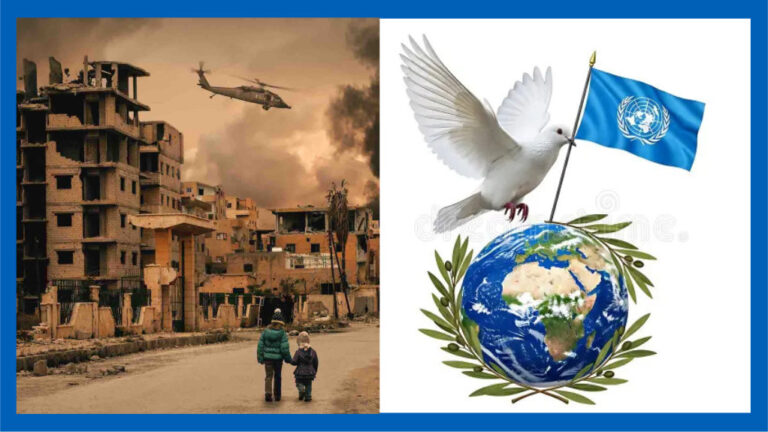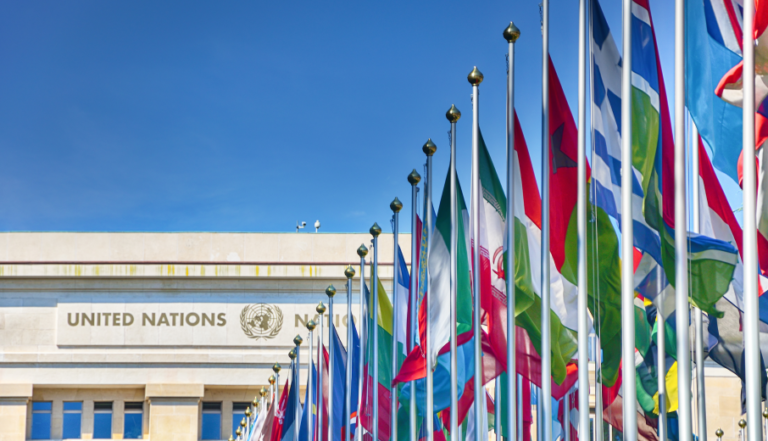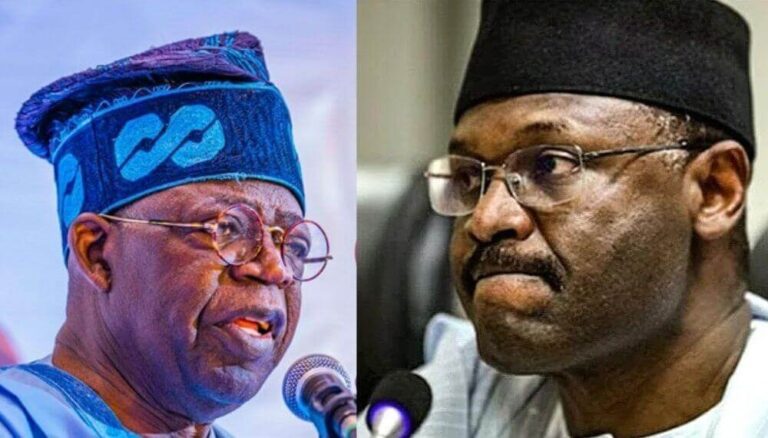Historic Moment: Robert Prevost Becomes First American Pope, Takes Name Leo XIV
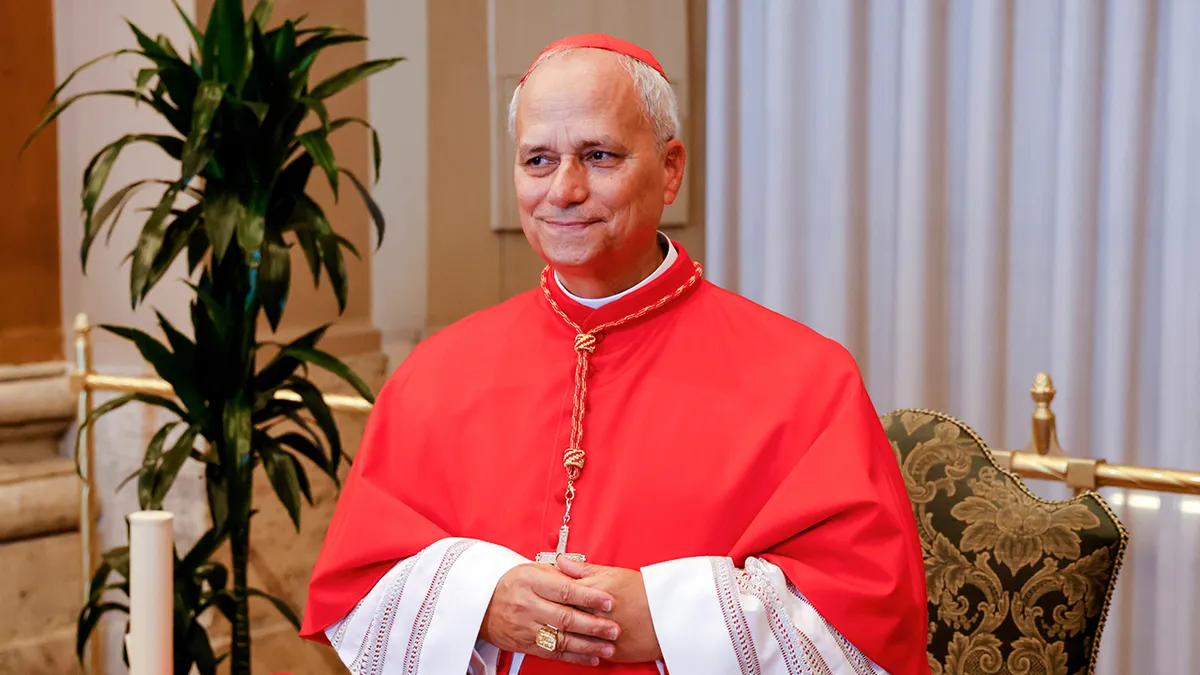
Historic Moment: Robert Prevost Becomes First American Pope, Takes Name Leo XIV
VATICAN CITY — In a historic turn for the Catholic Church, white smoke rose above the Sistine Chapel on the second day of the papal conclave, signaling the election of a new pope. Cardinal Robert Prevost of the United States has been chosen as the 267th pope, making history as the first American to ascend to the papacy. He will take the name Pope Leo XIV.
A Global Shepherd from the Heartland
At 69, Pope Leo XIV brings both American roots and international pastoral experience. Born in Chicago, Illinois, he entered the Augustinian order and spent much of his career serving in South America, particularly as bishop in Peru. His fluency in Spanish and deep familiarity with the Global South mirror the trajectory of his predecessor, Pope Francis.
Most recently, he served as the prefect of the Vatican’s Dicastery for Bishops, one of the Church’s most influential offices, where he played a pivotal role in shaping the global episcopacy.
Observers expect Leo XIV to continue many of Francis’ reforms, particularly regarding decentralization, curial transparency, and pastoral outreach to the peripheries of the Catholic world.
The Election Process
The conclave convened with 133 cardinal-electors, each under the age of 80, sequestered in the Vatican under centuries-old tradition. To be elected pope, a candidate must receive at least two-thirds of the votes—a minimum of 89 ballots in this case.
After rounds of prayer, reflection, and secret balloting, the decision was made on the second day—a relatively swift outcome, signaling a strong consensus among the cardinals.
What Lies Ahead
With the Church facing pressing challenges, including declining Mass attendance in the West, ongoing calls for reform, and increasing global instability, Pope Leo XIV is stepping into a deeply complex moment. His leadership will be closely watched not only by the world’s 1.3 billion Catholics but also by global leaders and interfaith communities.
As bells rang out across Rome and crowds gathered in St. Peter’s Square, the words “Habemus Papam” echoed once again—“We have a Pope.” And with that, a new chapter in Church history has begun.
Breaking: Catholic Church Elects New Pope in Historic Conclave
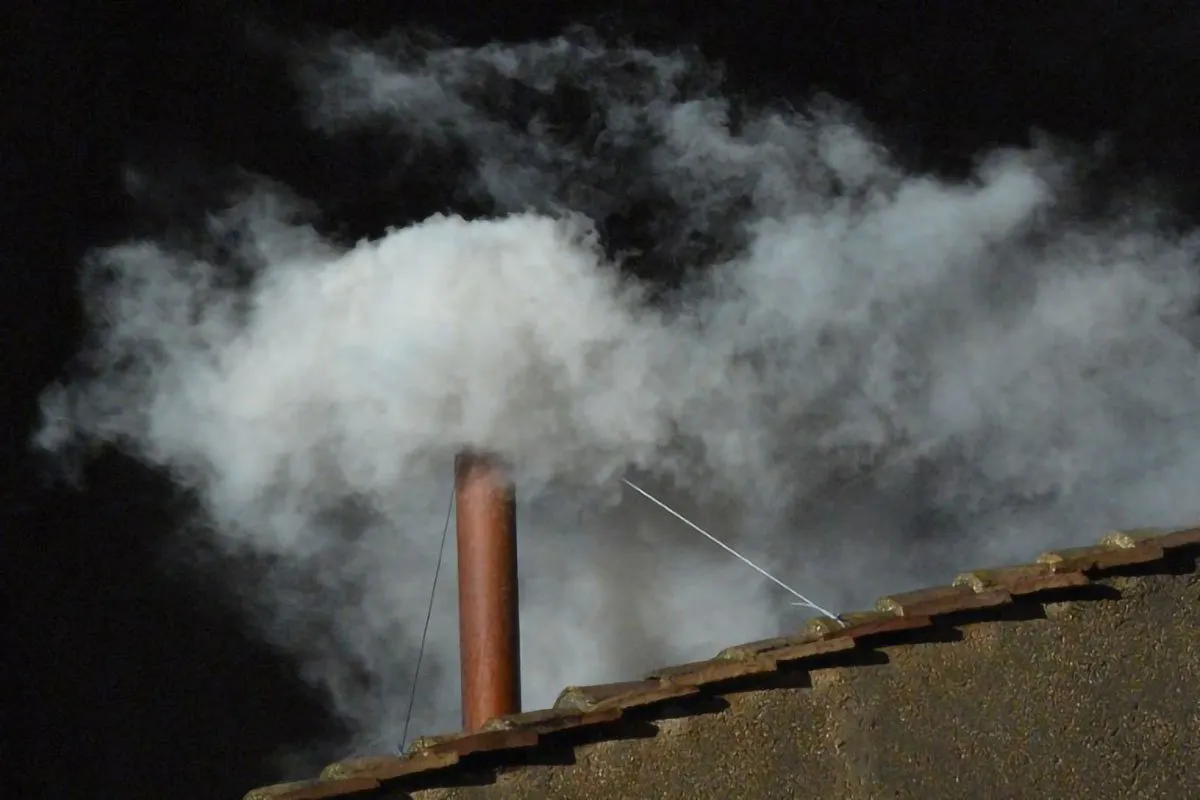
In a momentous event for the Roman Catholic Church, white smoke billowed from the chimney of the Sistine Chapel on Thursday, May 8, 2025, signaling the election of a new pope. The 133 cardinal electors, convened in a secret conclave, reached the required two-thirds majority to select the successor to Pope Francis, who passed away on April 21 at the age of 88.
The identity of the newly elected pontiff has not yet been publicly announced. Traditionally, the chosen cardinal will soon appear on the balcony of St. Peter’s Basilica to offer his first blessing, known as “Urbi et Orbi” (to the city and the world), to the faithful gathered in St. Peter’s Square and to Catholics worldwide.
About the Author
DURU SUNNY-GEORGE
Administrator
Duru Sunny George is a Media Practitioner | Journalist | Cinematographer | Photographer | Lecturer - popularly known as DSG, is a versatile media entrepreneur and educator. He is the Founder & CEO of DSG STUDIOS, DSG HERALD NEWS, and DSG RADIO, leading platforms in journalism, photography, cinematography, and digital broadcasting.
